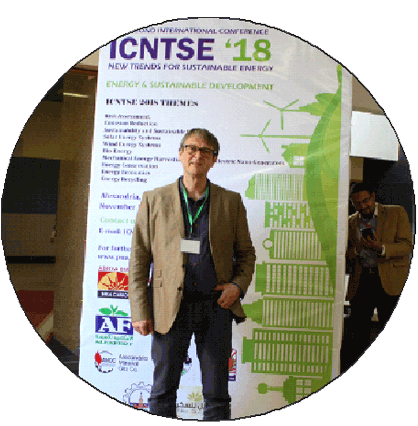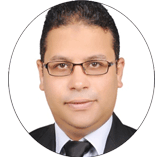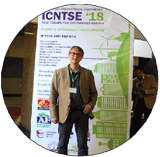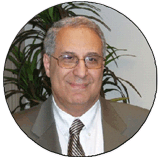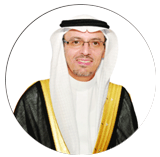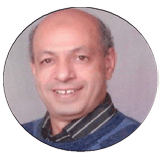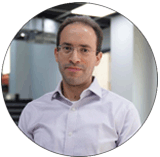Dr. Mahmoud M Abdel daiem is an associate professor at Civil Engineering Department, College of Engineering, Shaqra University, Saudi Arabia and he is on a leave of absence from Environmental Engineering Department, Faculty of Engineering, Zagazig University, Egypt. He received his Ph.D. at 2012 in the field of Environmental Engineering from Granada University, Spain. His research interests are related to the preparation and application of carbon materials for treatment of water and wastewater, treatment of polluted water via physical, biological, chemical, advanced oxidation processes and integrated technologies between the different processes, solid waste management and treatment, biogas production via anaerobic digester or safe combustion, generation of electric power via solar and wind energy systems, climate change, Environmental Impact Assessment (EIA), and Life Cycle Assessment (LCA). He participated in different EU project such as: TEMPUS JEP-31007-2003 programs with Germany and Italy with title “E-learning system for Water and Environmental Studies” (from December 2005 to August 2007), and in a staff mobility for teaching from partner counties in the framework of the Erasmus + programme KAI –Agreement Number: 2017-1-RO01-KA107-036041 (2017). He speaks Arabic, English and Spanish languages that help him to be in collaboration with different institutional worldwide.
Keywords: Biomass energy, Environment, Economic, Sustainable development, Saudi Arabia.
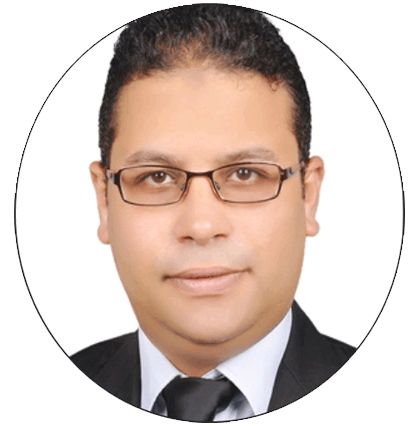
Dr. Noha Said is an assistant professor at Environmental Engineering Department, Faculty of Engineering, Zagazig University, Egypt. She received her Ph.D. and MSc at 2015 and 2010 in the field of Environmental Engineering from Granada University, Spain and Zagazig University, Egypt, respectively. Her research interests are related to sustainable waste management, renewable biomass energy, bioenergy generation using different technologies, energy generation of residual biomass of rice straw, GHG emissions and climate change, Environmental Impact Assessment (EIA), and Life Cycle Assessment (LCA).

(Dr. Ms.) Saman Nimali Gunasekara is a researcher at the department of Energy Technology, KTH Royal Institute of Technology, Stockholm, Sweden. She holds a PhD in Energy Technology (2017), within the doctoral program Energy and Environmental Systems from KTH and a master’s in Sustainable Technology (2011) from Industrial Ecology at KTH. She obtained her bachelor’s degree in Chemical and Process Engineering (2007) from University of Moratuwa, Sri Lanka.
Saman’s main research foci encompass Thermal Energy Storage (TES) and its role in energy systems, evolving around all the three spheres: materials, components and systems, concerning both experimental and numerical aspects. Her PhD thesis was on “Phase Equilibrium-aided design of Phase Change Materials from Blends- for Thermal Energy Storage”. She has a number of publications along these research areas, links to which can be found here. Saman is also a guest editor currently for the special issue Crystals for Thermal Energy Storage in the MDPI journal Crystals. Saman is, and has been, an active participant at various Annexes and Tasks within IEA ES TCP (Energy Storage Technology Collaboration Programs) concerning energy storage and energy systems.

Dr. Muhammed A. Hassan is an assistant professor of Mechanical Power Engineering at the Faculty of Engineering, Cairo University. He has been awarded the best Ph.D. thesis in Mechanical Engineering (Cairo University) and the Fulbright’s visiting scholar grant (2018), hosted by Texas A&M University. Dr. Hassan is leading the Sustainable Energy Research Group (SERG) at Cairo University, with 50+ current and alumni students. His research is mostly focused on sustainable energy systems and resources. He holds around 28 indexed journal articles and 10 peer-reviewed articles in international conferences, and he is a distinguished reviewer for 30+ international journals. Dr. Hassan is an expert and consultant of renewable energy and energy efficiency. He participated in several funded research projects on concentrating solar power systems and high-performance buildings. He is also a member of several international associations such as the International Solar Energy Society and the World Society of Sustainable Energy Technologies.
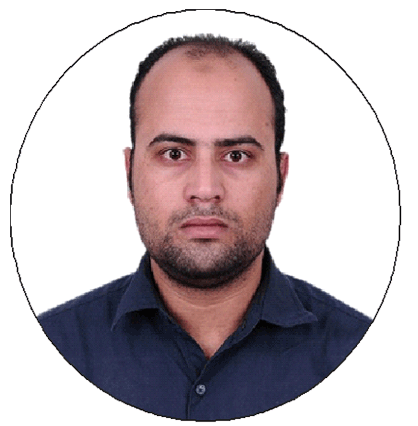
Nelson Sommerfeldt is a Postdoctoral Researcher at KTH Royal Institute of Technology’s Energy Systems Engineering, Economics, and Data Analytics (ENSEED) research group. His work centers around the techno-economic integration of solar photovoltaics in building energy systems, covering individual component development, systems level control and management, and the perceptions of value from prosumer investors.

Fig. 1. Apple of Sodom fibers as a new thermal insulating material for buildings

Fig. 2. Hybrid specimen made of Apple of Sodom and palm tree surface fibers


Otto During, Researcher at RISE/ Infrastructure and concrete. Master of Science in Engineering, Research area: Environmental System analysis and development of sustainable concrete.
